-
How to mulch your garden: reduce weeds & feed plants
 Lee Burkhill: Award Winning Designer & BBC 1's Garden Rescue Presenters Official Blog
Lee Burkhill: Award Winning Designer & BBC 1's Garden Rescue Presenters Official Blog

Updated 2024: This guide will show you why mulching your garden flower beds, and backyards can help you become a better gardener. By adding a thick mulch to your garden borders your garden gets a needed boost for flowering and vegetable growing. Mulching has incredible benefits, such as reducing weeds, reducing the need to water, and making your newly planted flower beds look fantastic.
This page contains affiliate links for products I use and love. If you take action (i.e. subscribe, make a purchase) after clicking a link, I may earn some gardening commission which helps me keep the Garden Ninja Blog free for all.
Mulching is relatively easy to do and has loads of benefits for your garden and plants. By mulching your plants, you can save time during the summer with watering and feeding.
I usually mulch the entire bed to get the maximum benefit. The most important thing is that you fully weed beforehand, or the weeds will carry on taking over the beds, especially by mulching and feeding them!
You can mulch by hand or with a trowel. The aim is to cover the soil with your preferred mulch around all of the plants and the rest of the exposed soil surface.
Mulching is adding material to the top layer of soil to add a protective yet permeable layer a thick blanket of organic or breathable material directly on top of the soil.
Usually, it is organic, ie compost, leaf mould or bark, but can be gravel-based if need be. This can be added to the base of plants or all over garden beds. I like to think of it as a breathable blanket that rests on the soil.
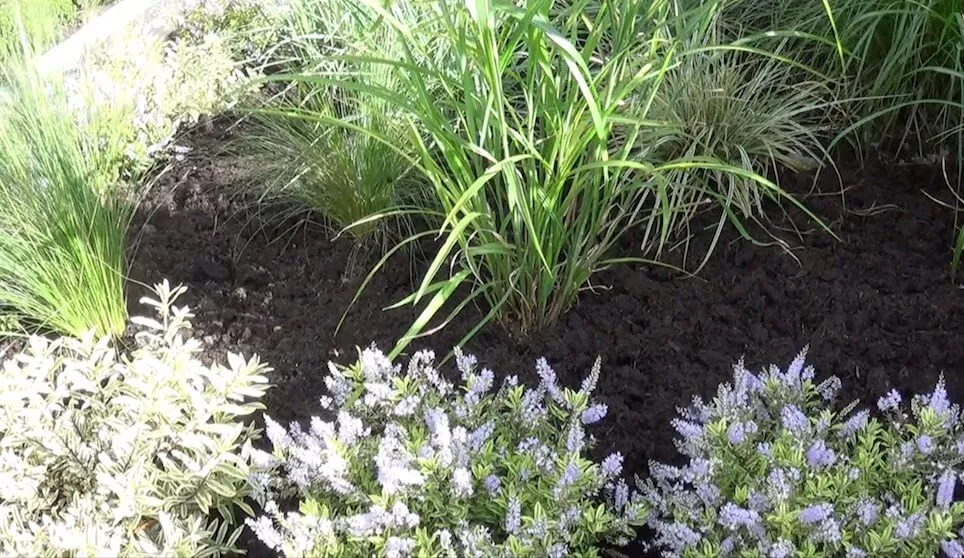
Mulching has a number of benefits for your garden flower beds and soil health. In fact, mulching is the secret weapon of many garden designers and horticulturalists! Let's have a look at the benefits of mulching below:
Mulching retains water which is especially important given the effects of climate change. It means that in hot weather, you will need to water less and plants shouldn't be as susceptible to wilting. It helps prevent the evaporation of water from the surface of the soil.
Organic mulch, such as compost or recycled green matter, helps slowly release nutrients into the soil over a long period of time. It can help reduce or even negate the need for applying additional fertilisers. This can save money and time as one application of mulch in Autumn, and Spring can reserve spot fertilising throughout the season.
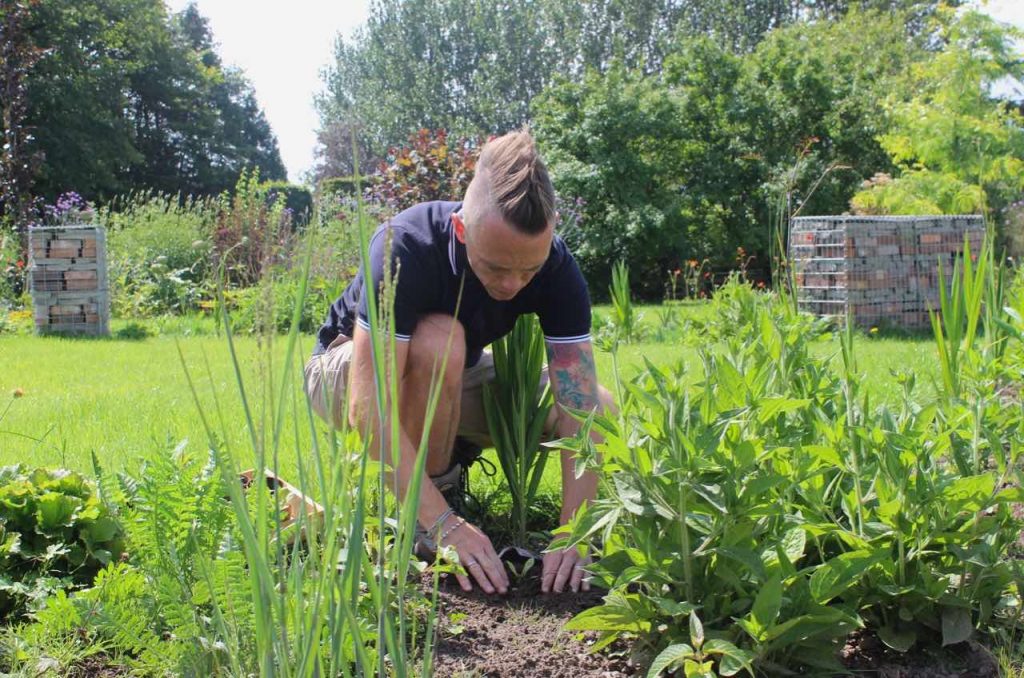
Organic mulches, in particular, improve the crumb structure of the soil. Earthworms and microorganisms break down organic matter, such as compost and pull it down into the soil. This activity helps aerate and break up the soil.
This can reduce the amount of digging required and can help reduce the release of C02 into the environment. This is a great garden hack to help improve the structure and texture of your soil without ever having to lift a spade!
Mulching also helps reduce weeds, especially gravel-based mulches. I'm keen to stress that when mulching, you should always start off with a weed-free flower bed. Weeds germination requires fine tilth for the seeds to take, which is why freshly prepared ground always ends up with hundreds of opportunistic weeds!
Adding mulch removes this environment and makes it harder for weeds to establish. If weeds do occur, they are far easier to spot, especially with black compost, as they stick out like a sore thumb and can be removed quickly.
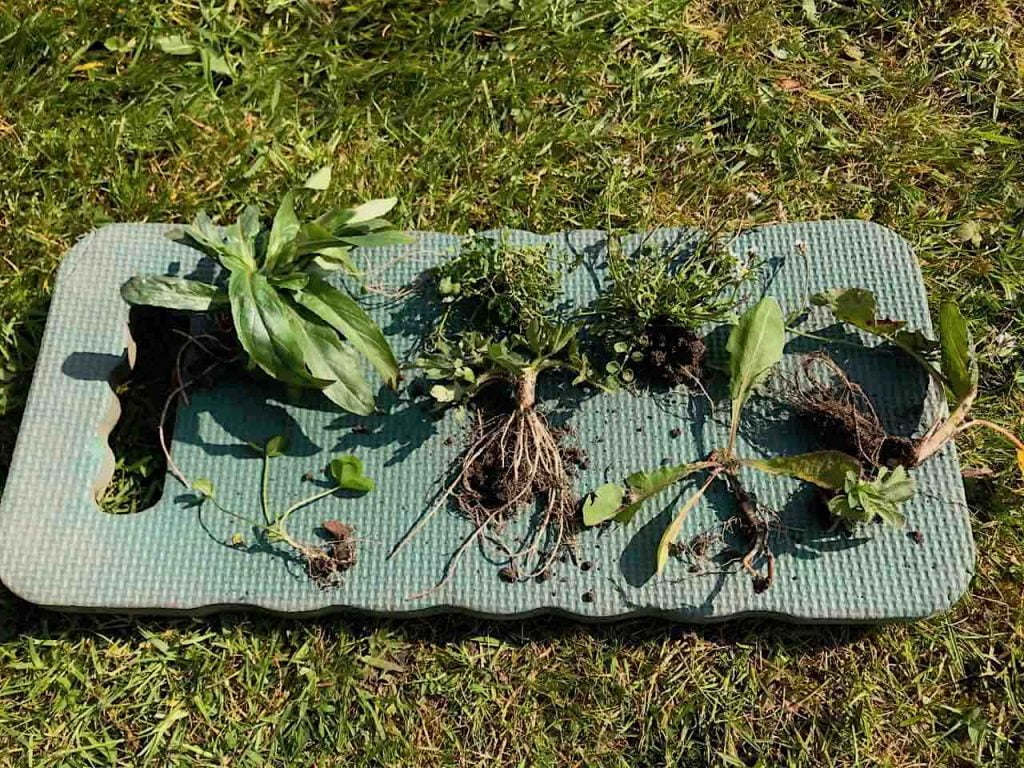
There are many different types of garden mulch you can use depending on the outcome you require. Growing vegetables may require high feed mulches, whereas ornamental flower beds may use chipped bark to reduce weeds or even gravel.
Mulches are often listed in terms of biodegradable (organic in structure and breakdown) and non-biodegradable (stone, man made matting or inert materials).
Each has its own set of benefits and drawbacks to enable you to pick the right mulch for your garden and flower beds.
Peat free compost is probably the best form of mulch as it contains a high level of nutrients. It retains a lot of moisture and is easily absorbed and taken down into the soil by beneficial bacteria, earthworms and invertebrates.
Always choose peat-free or homemade compost as this protects peat bogs which are being destroyed by commercial peat composting extraction.
Probably one of the best types of multi-purpose mulches for adding bacteria and acting as a gentle feed to your soil. Leaf mould is light weight and very easy to lift and move around the garden.
Leaf mould is easily made from fallen leaves and takes around 12-18 months to make yourself. It's a great way to recycle and leaf mould is also amazing for bringing on germinating seedlings.
Chipped bark or woodchip is great for a decorative look mulch and to help keep water retention in the soil. However, it can start to rob nitrogen from the ground, a major core nutrient; as the wood breaks down, it uses precious nitrogen from the soil. So if you already have poor soil this may further reduce your gardens fertility.
Care needs to be taken to balance the feed of the ground to compensate for this or to use peat free compost instead of bark.
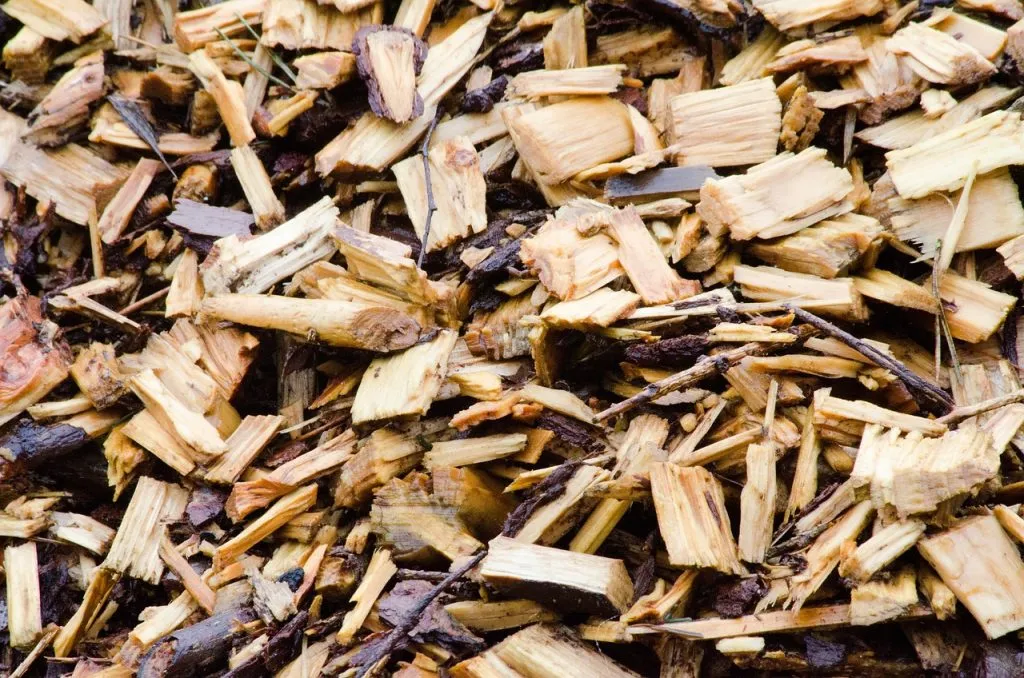
Straw and hay can be used as a soil mulch to help keep moisture in the ground. It is often used in hot climates and used frequently by allotment owners or homesteaders as a way to reduce watering of garden vegetables.
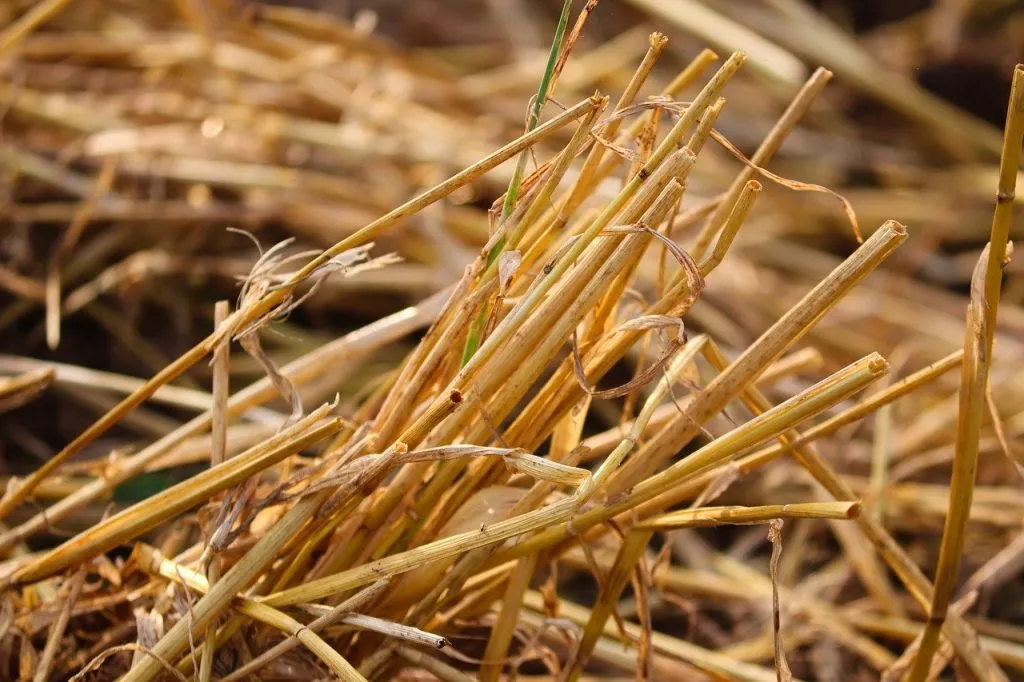
Straw mulching doesn't add huge amounts of feed to plants and does take a while to break down. Birds and garden visitors such as squirrels can also make a right mess of it as they dig and peck through it!
Did you know that you can take my course and learn how to become a Garden Ninja yourself? Click here for details
Gravel or stone chippings are particularly useful as a mulch for alpine plants and pond plants as they help reduce soil disturbance and assist with drainage. It contains no organic or nutrient value meaning it won't feed your plants only suppress weeds and keep moisture in.
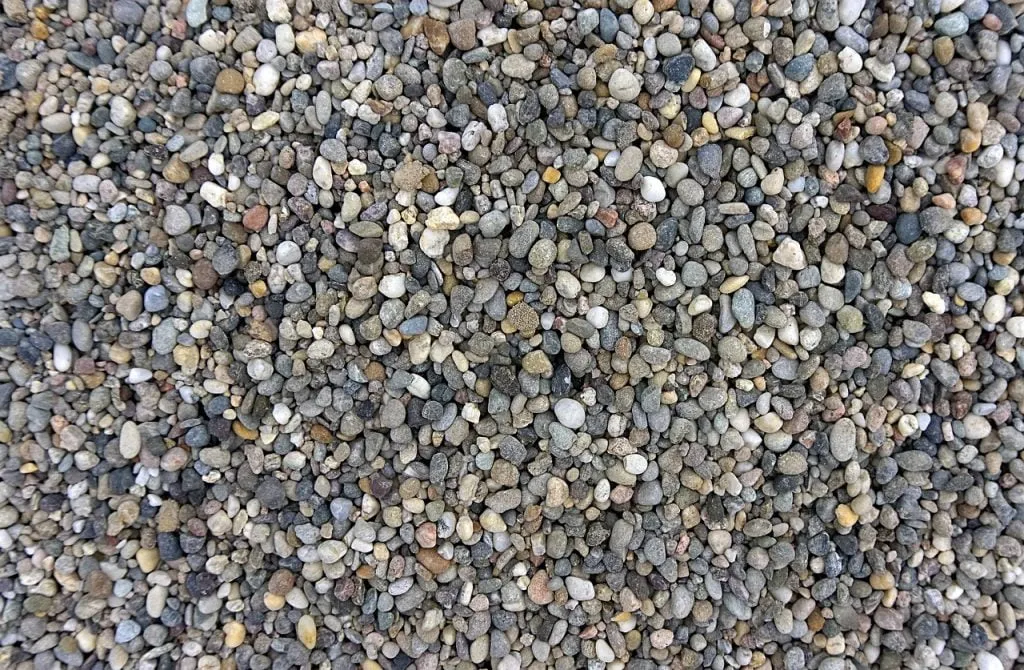
Another form of mulch is using landscape fabric or geotextile. This is laid usually before plants are dug into the ground. It acts as a blanket around all of the plants to control weeds and lock in moisture.
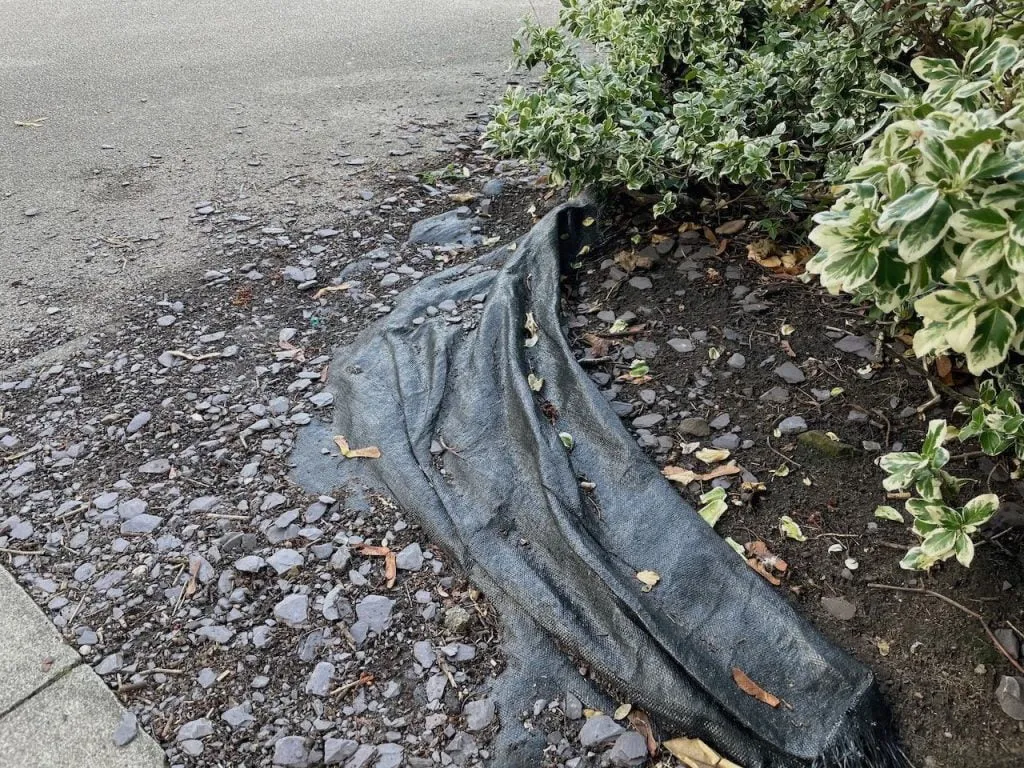
However, there are serious concerns about using such man made materials as they are often made from plastic. These plastics can;'t be easily recycled and can contanimate the soil and food chains. If using landscape fabric then natural hessian can be a better alternative which will slowly break down over time.
Mulching may take some time, depending on the size of the planting beds. If you're short on time, try mulching around individual plants instead. You can do this by adding a deep layer of mulch around the circumference of each plant. However, for most gardens, a couple of hours is all it takes to mulch a set of flower beds or garden borders.
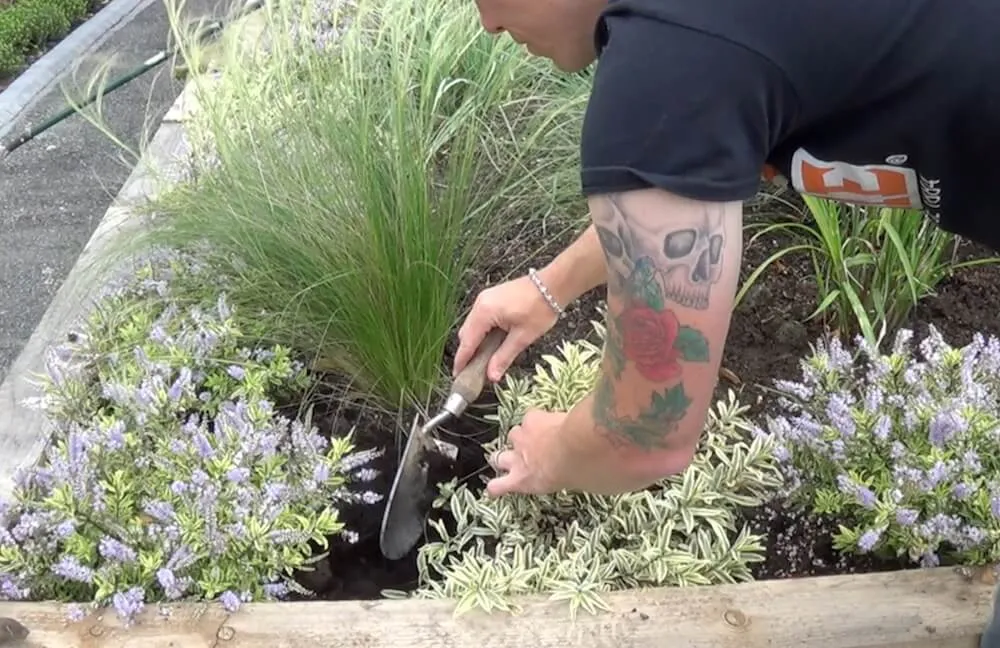
Carefully spread your mulch around the plants to about 1-3cm deep. Take care not to mulch too deeply, as this can cause the stems of plants to rot and become damaged. So if in doubt, less is more in this case. You can always re-mulch later in the season.
That's it; it's super easy and makes your garden look neat and smart.
Aim to mulch your garden to a depth of 2-3 inches or 5-7cm in depth. This helps provide enough cover for the plants and retain moisture whilst suppressing weeds. If you don't mulch deep enough then the benefits will be reduced and you'll find yourself having to weed more and still water your plants at the same rate.
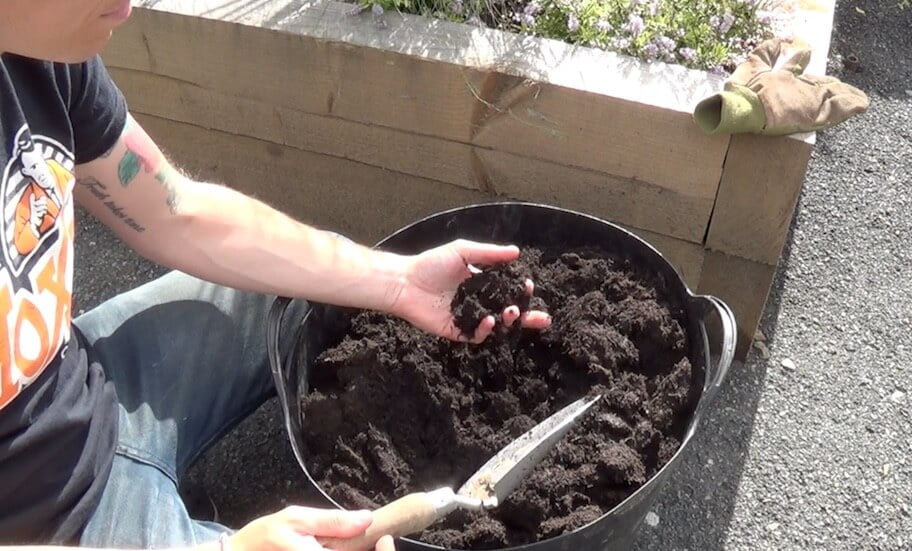
This depth of mulch helps bring the most benefits to your garden soil and flowers. It's worthwhile spending the extra time ensuring you've covered the ground to the correct depth, a least 2 inches worth of which ever mulch you choose.
The best times to mulch are either in Autumn or early Spring. In the UK, the best time to mulch is either in April or September. This is when the soil has warmed up and is at its most active.
Soil is a living, breathing organism, and from spring through to autumn, millions of bacterial interactions and exchanges between invertebrates and worms take place.
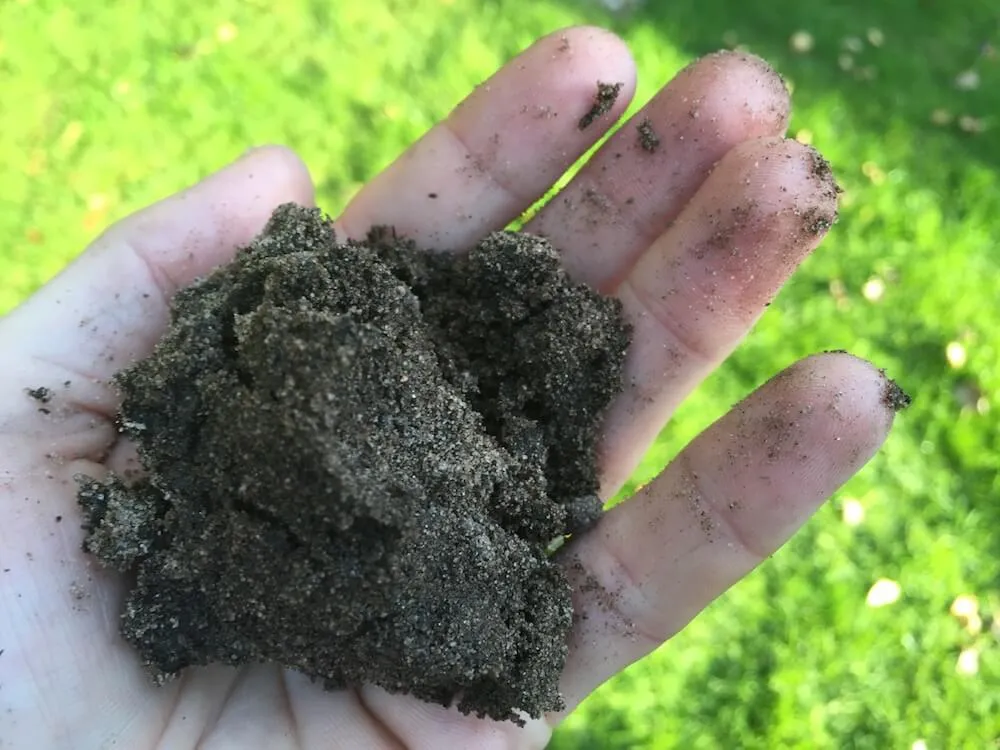
Different mulches will last for different times depending on the amount of organic matter. For example, compost mulch won't last as long as chipped bark, but it will add more value to the soil even though it breaks down quickly. Most mulches last a maximum of 2 years, with the exception of gravel or the dreaded plastic mulch.
Below is a guide for the fastest mulches vs their soil improvement benefit.
Leaf mould lasts around 6 months as a mulch. Compost usually lasts one year as a mulch and chipped bark will last 2-3 years before breaking down.
In my experience as a garden designer peat free quality compost such as Dalefoots amazing wool, compost is the best for a garden mulch. It lasts around a year and feeds plants super slowly. It is also a fantastic mulch for the breakdown of heavy clay soil.
Second to compost is homemade leaf mould which is very cost-effective, usually free, and can recycle all those fallen leaves reach autumn so is win win!
Happy mulching!



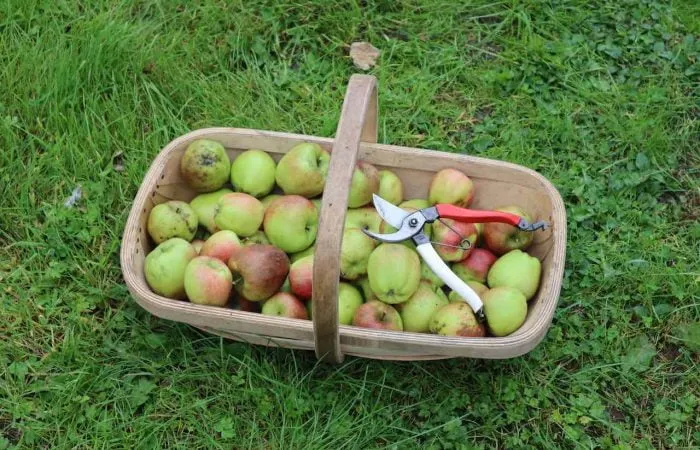
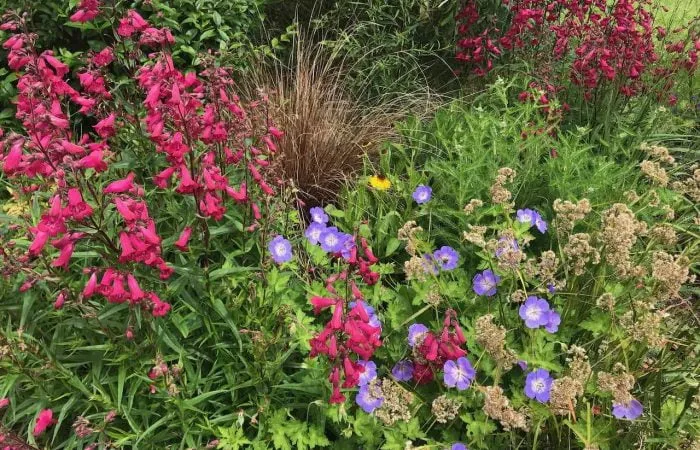
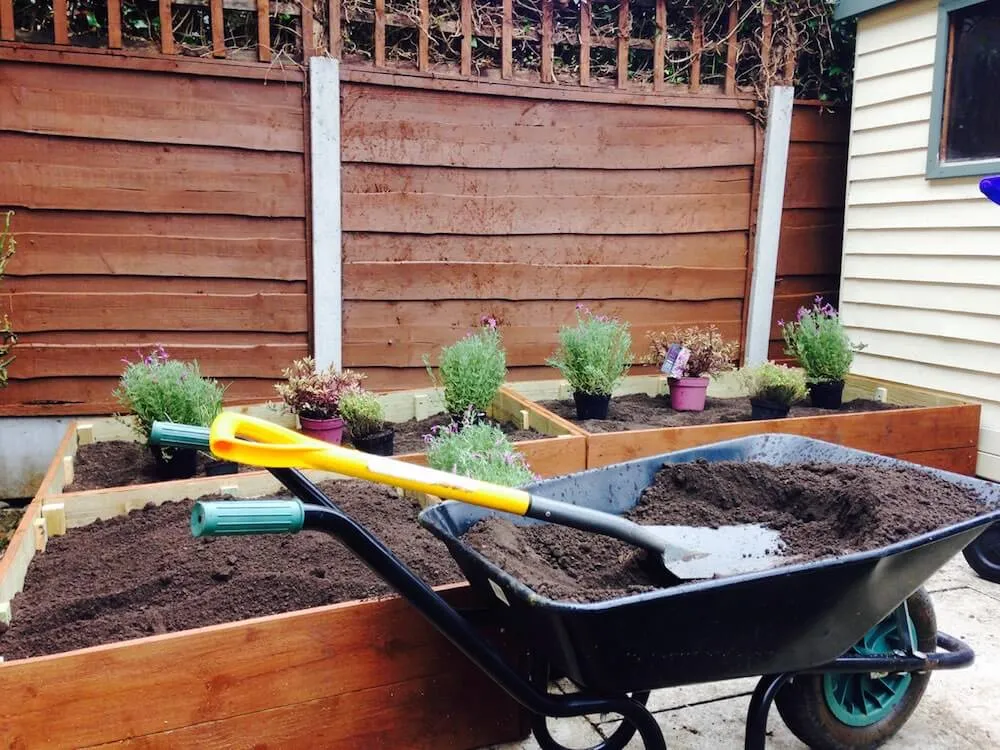
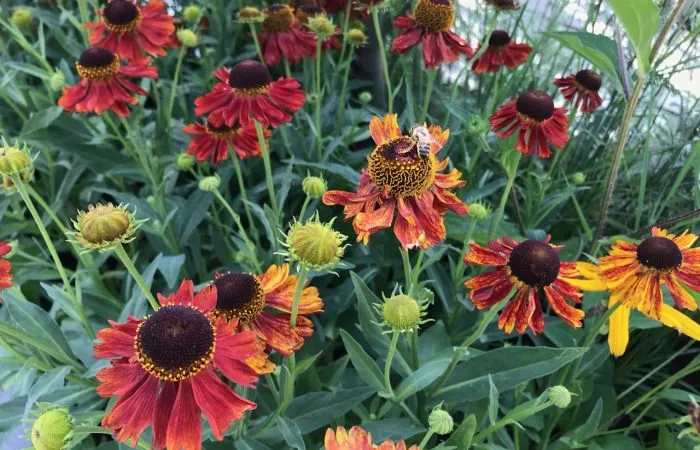
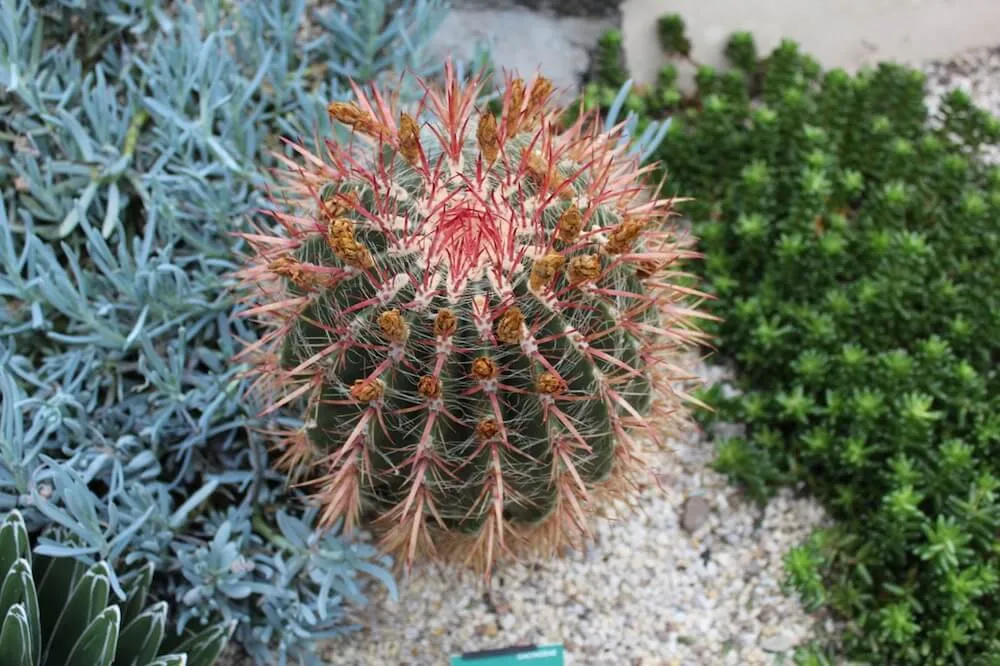
JOIN THE NINJAS

Be the first in line for new Guides, Discount codes and Offers